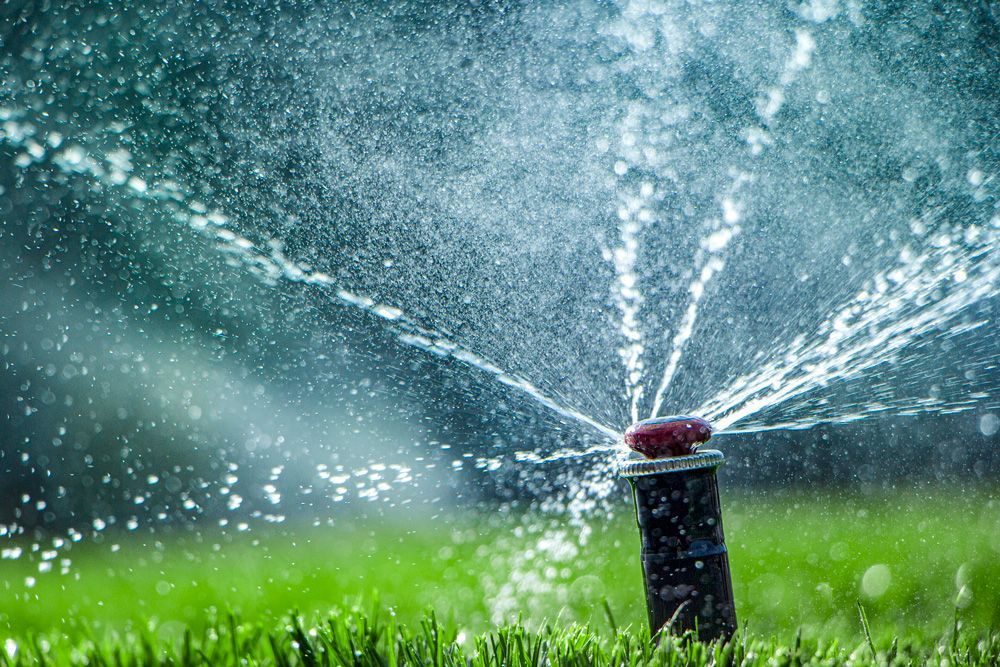Professional Irrigation
Installation Services
Ensure efficient watering with our expert irrigation installation services
Sprinkler Installation Service In Sanford, NC
An improper sprinkler repair and maintenance could cost you big money and be devastating for your yard and gardens. The damage may not stop there. Breakdowns are inevitable with any system, and residential irrigation systems and sprinkler systems in NC are no exception. There are many reasons that an irrigation system could fail. Kids at play could move the heads and mowers frequently cause sprinkler heads to break or become misaligned. Sunken sprinkler heads could occur after heavy rains, and debris will enter into the irrigation system and upset seals and or clog the mechanical device.
Sprinkler Winterization
To keep your sprinkler system working properly and effectively next Spring a winterization service is key.
Sprinkler Start Up
For our Spring turn opening our technician will not only start your system but he will make sure your system is running efficiently.
We offer professional sprinkler repair and maintenance in Lee, Moore and Harnett counties in NC.
In the event of a malfunction or damage to your irrigation system, our repair services come to the rescue. Whether it's fixing leaks, replacing damaged components, or reprogramming controllers, our team possesses the knowledge and tools to restore your system's functionality swiftly.
what we offer
This is the list of services that we provide:
- Complete system evaluations and checks.
- Complete upgrades, re-routing, and modifications
- Adjustment and maintenance of sprinkler heads
- Locate and fix any missing valves.
- Electrical troubleshooting/ Wiring issues
- Leak detection/location
- Sprinkler heads adding or removing.
- Water-saving devices and low-water usage
- Poor coverage & dry spots
- Weather/rain sensors
- Programming and settings for the controller
- Repairs to drip irrigation
- Repair & replace all sprinkler components
- Maintenance programs
Sprinkler Maintenance Frequently Asked Questions
If you need more information regarding sprinkler maintenance, we compile these frequently asked questions to help you.






